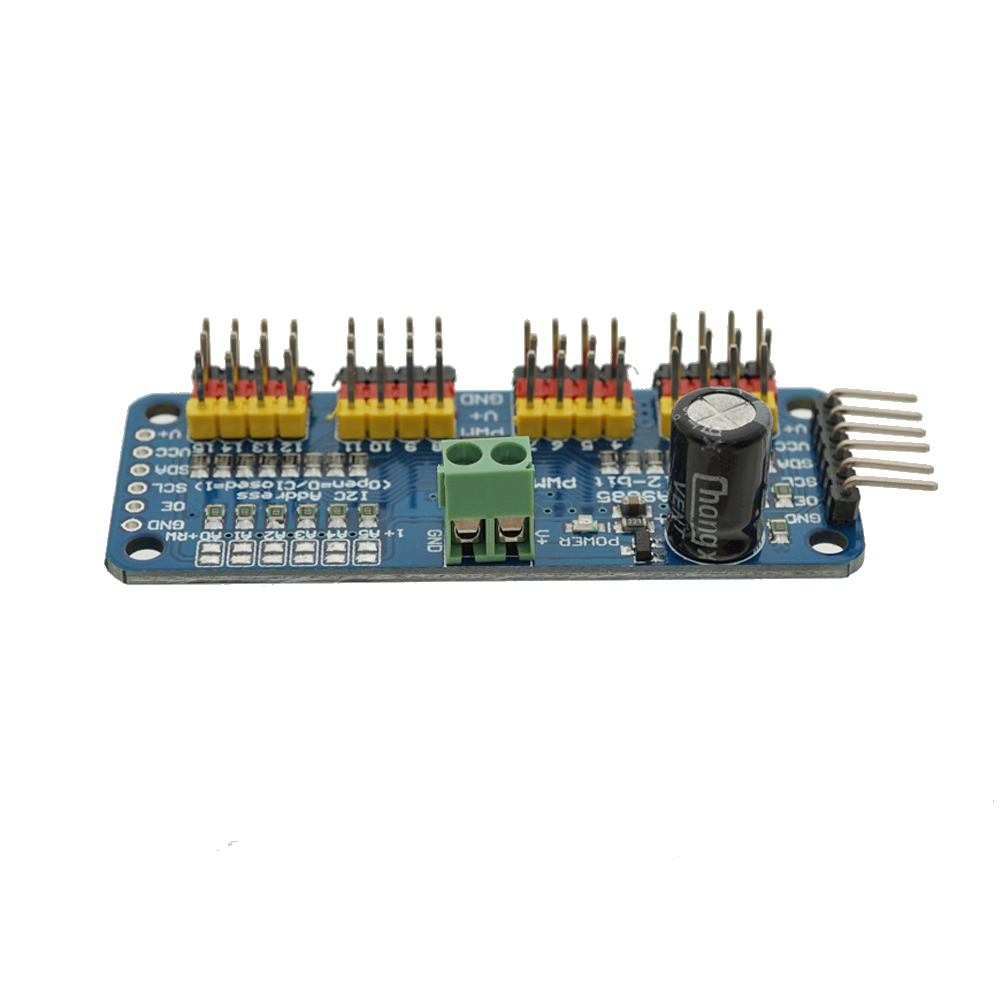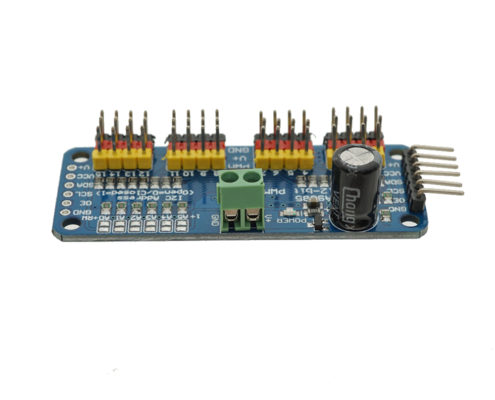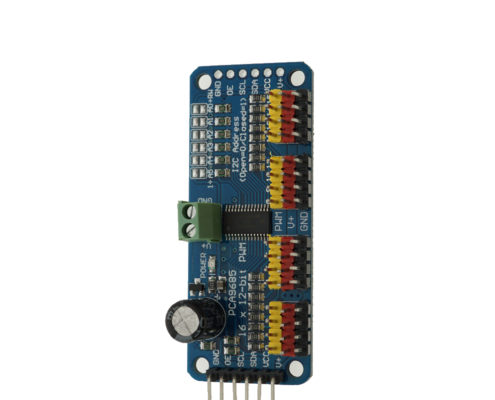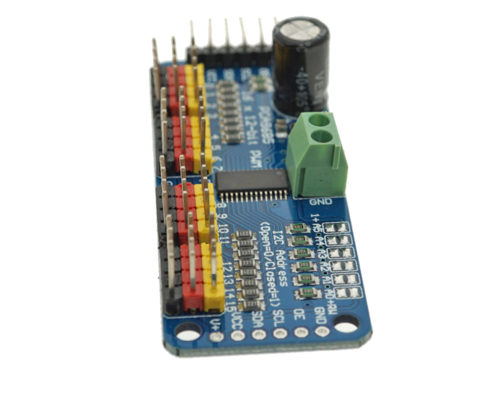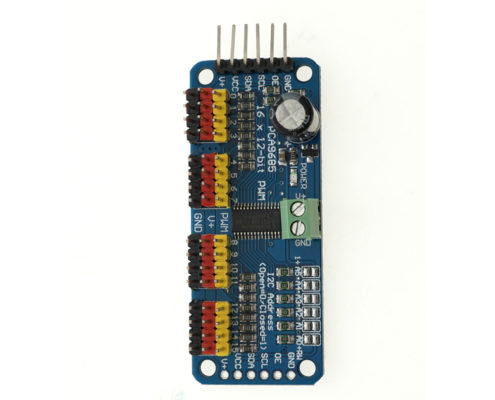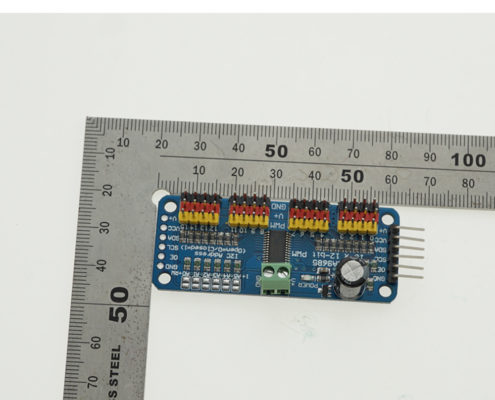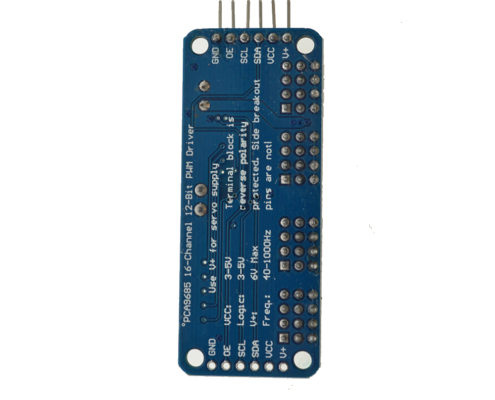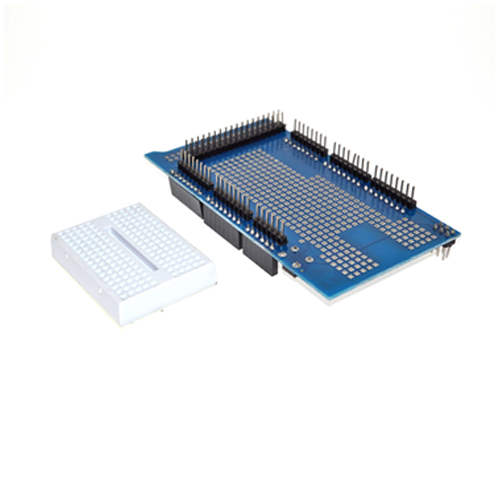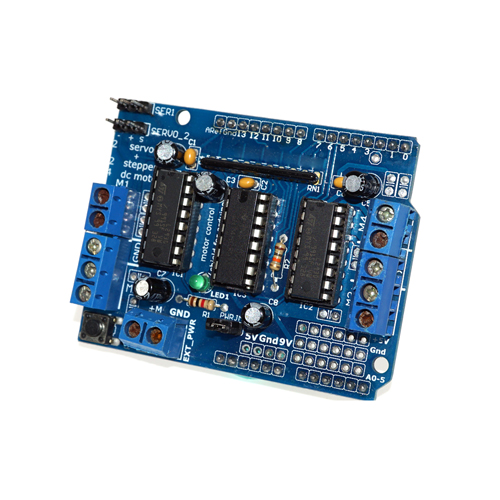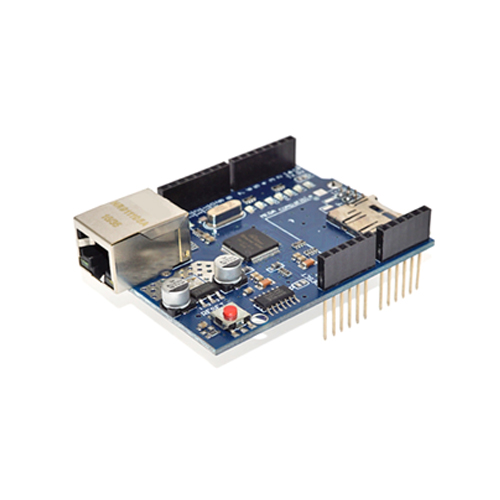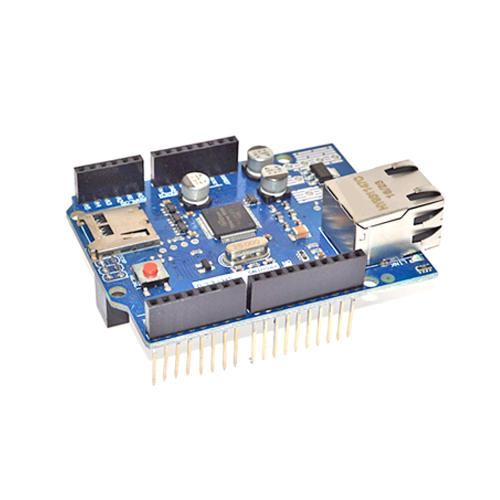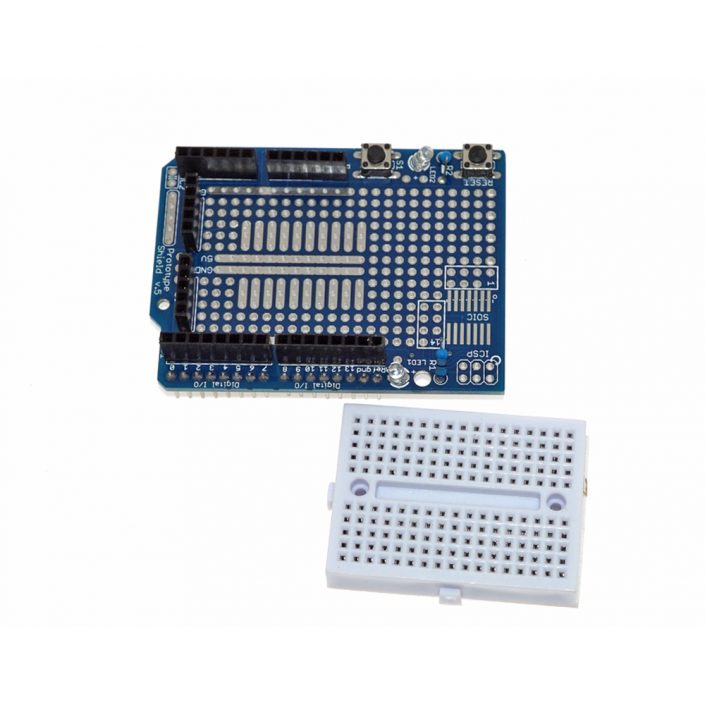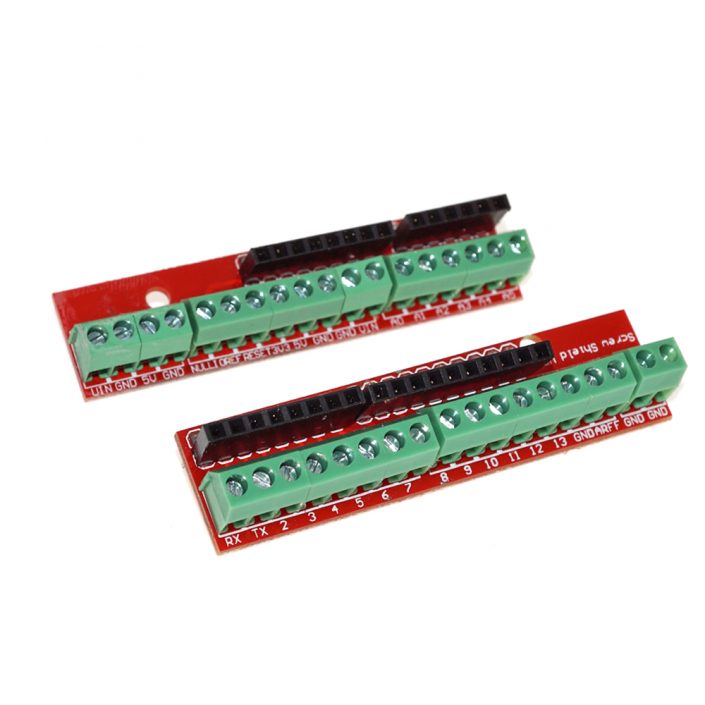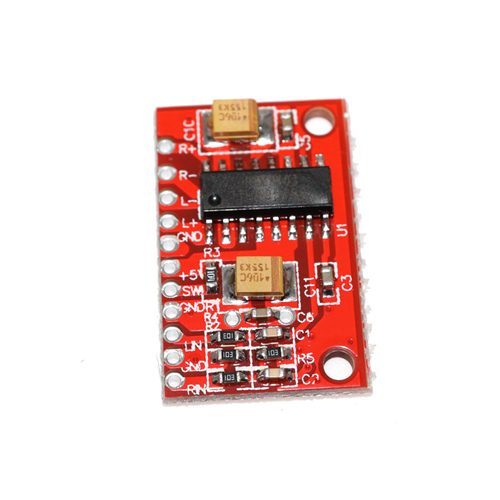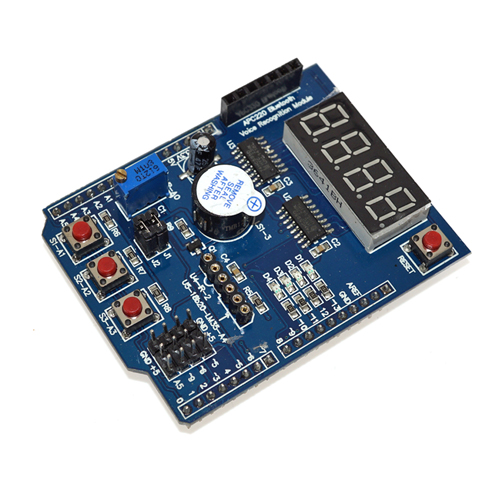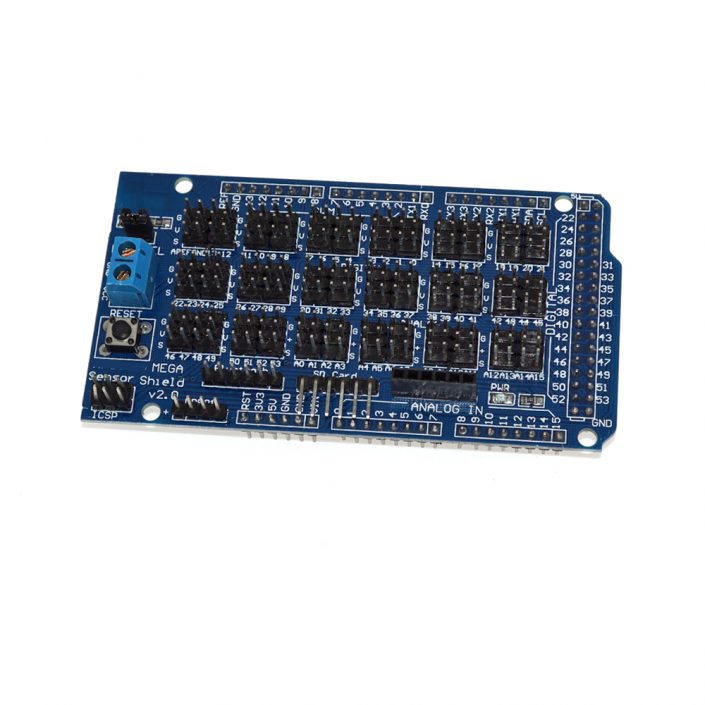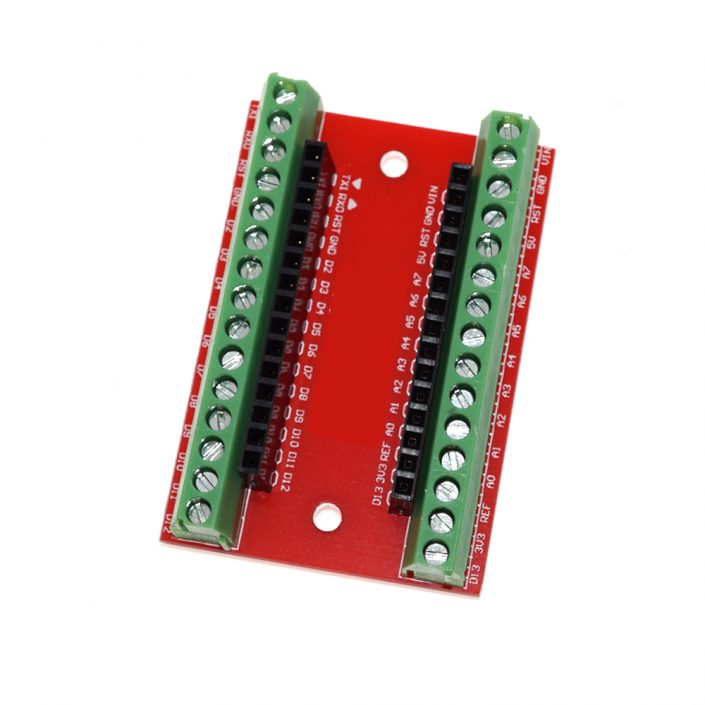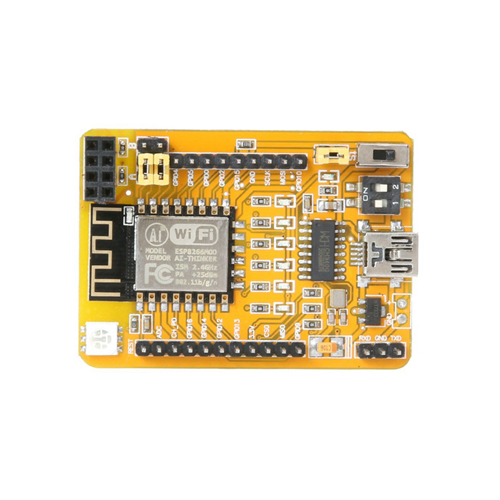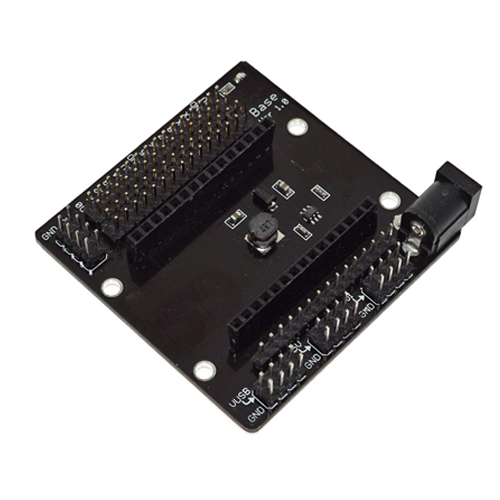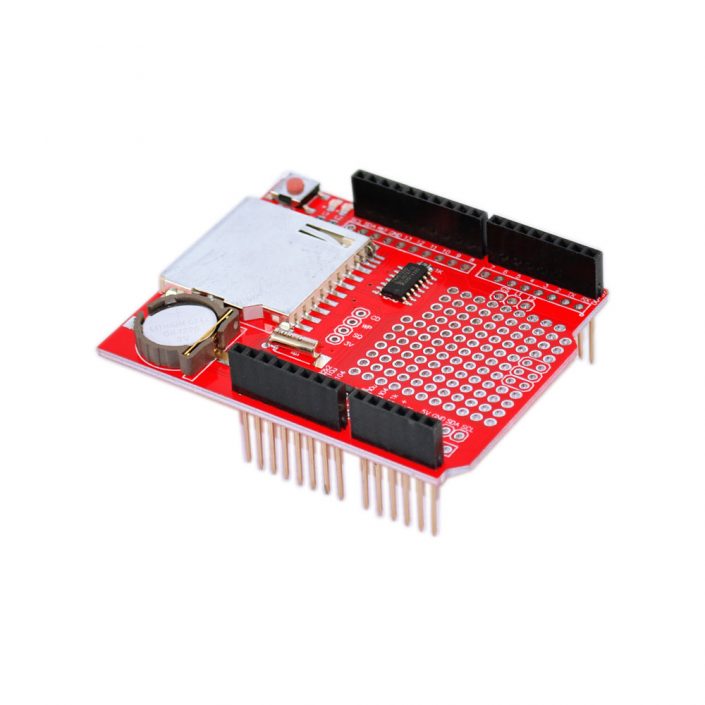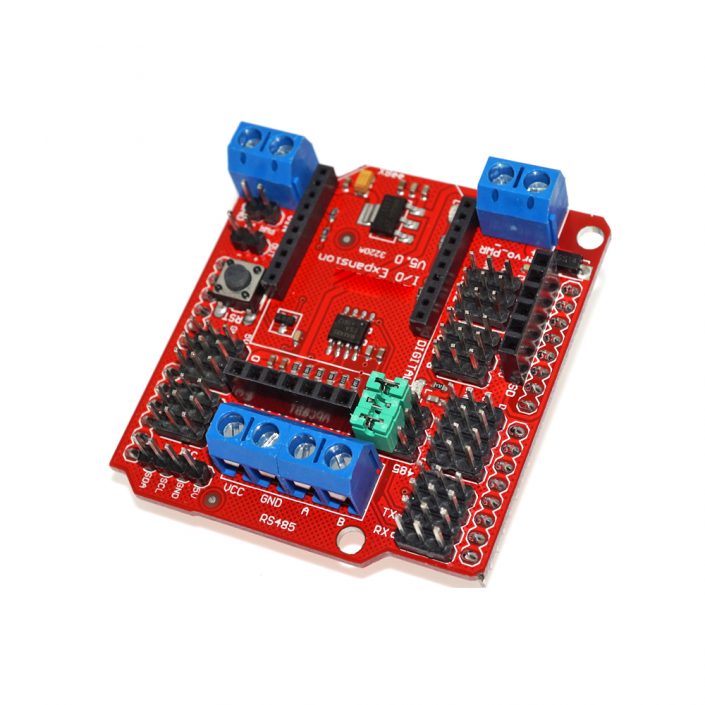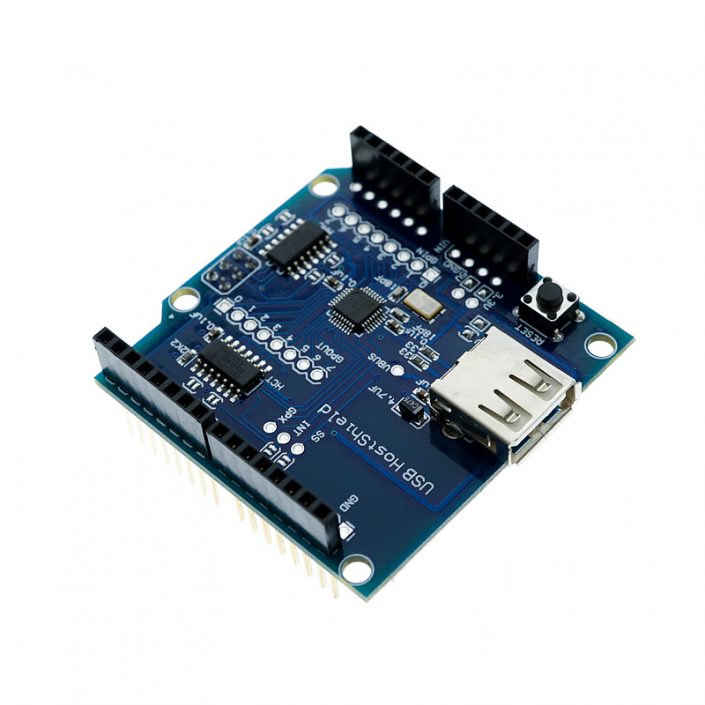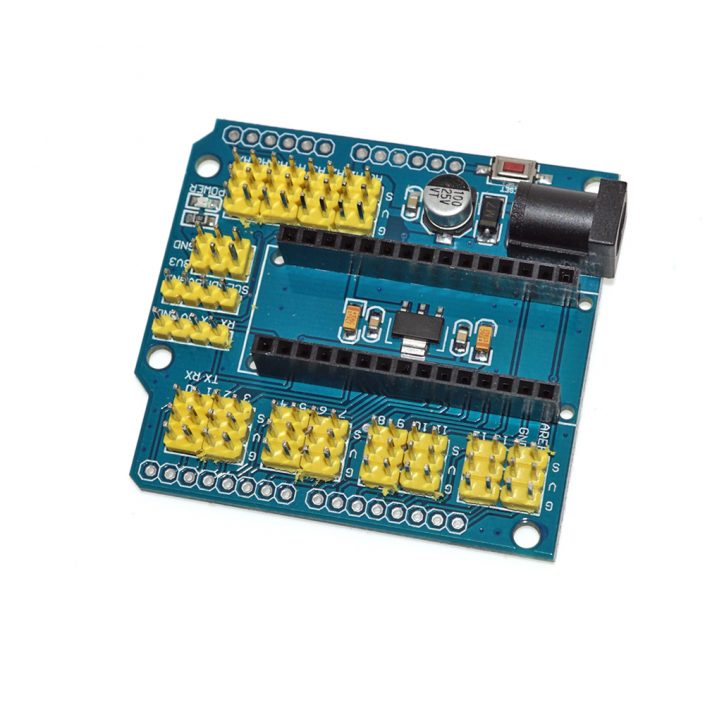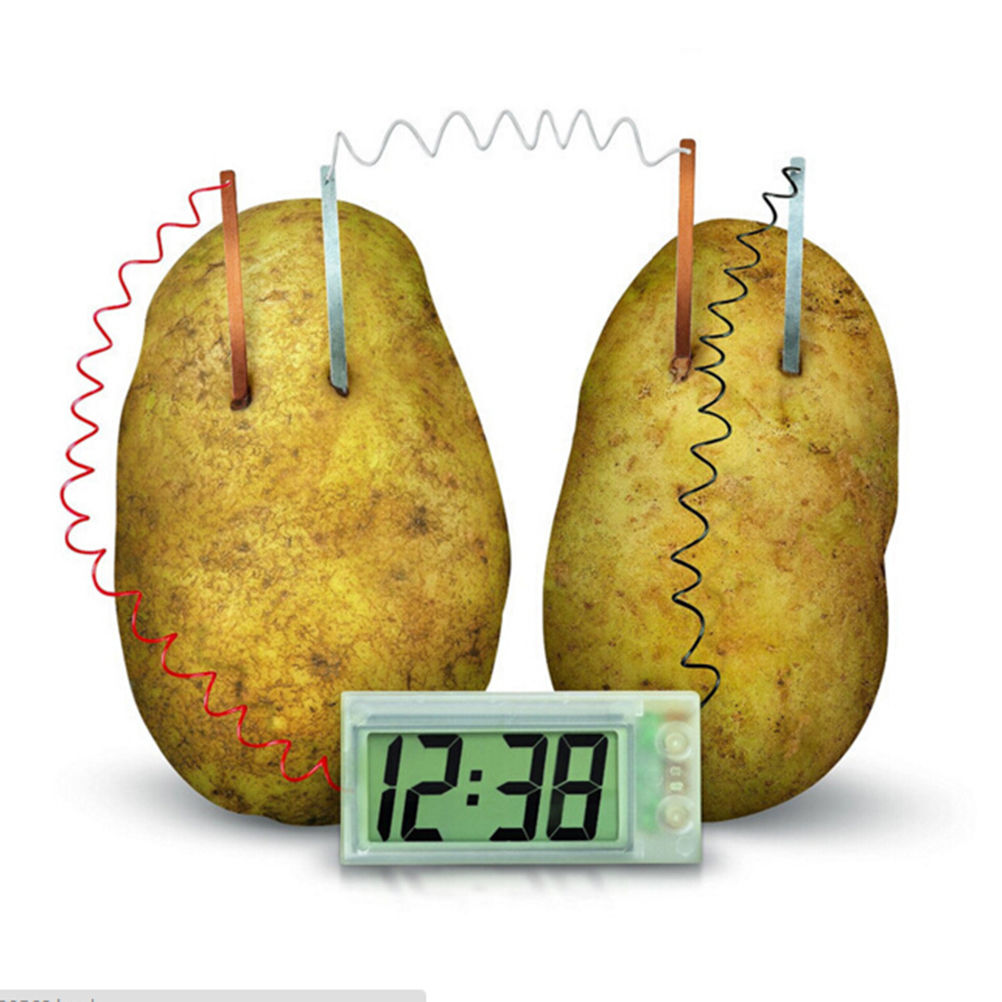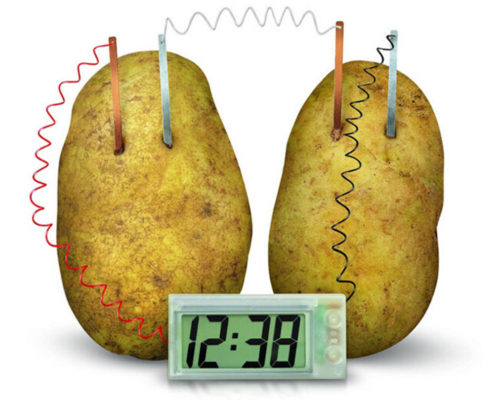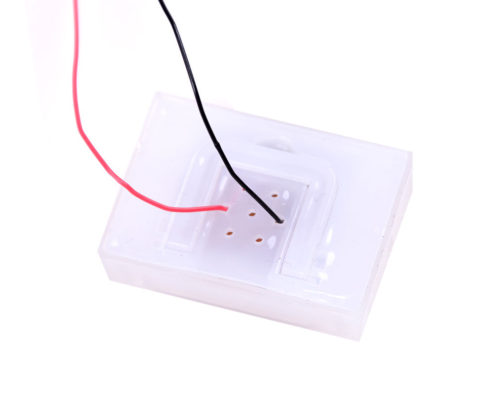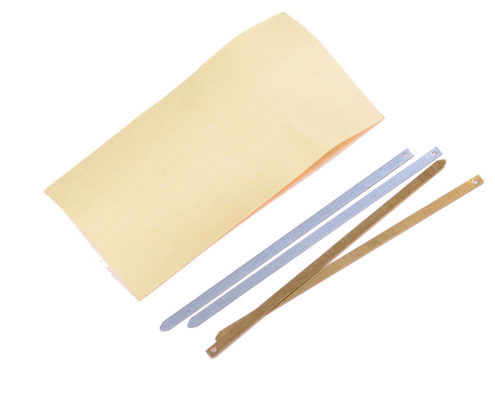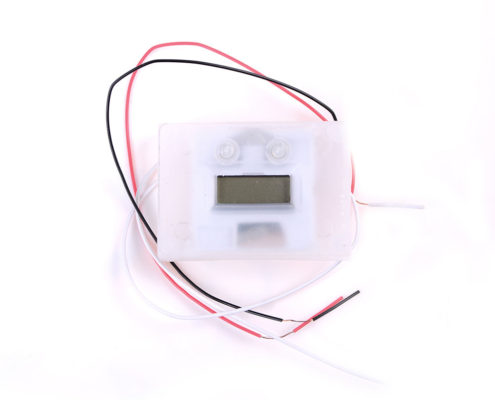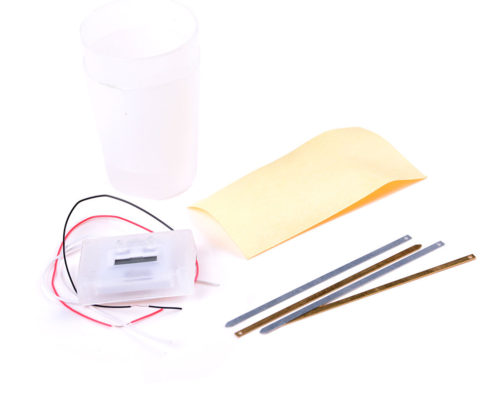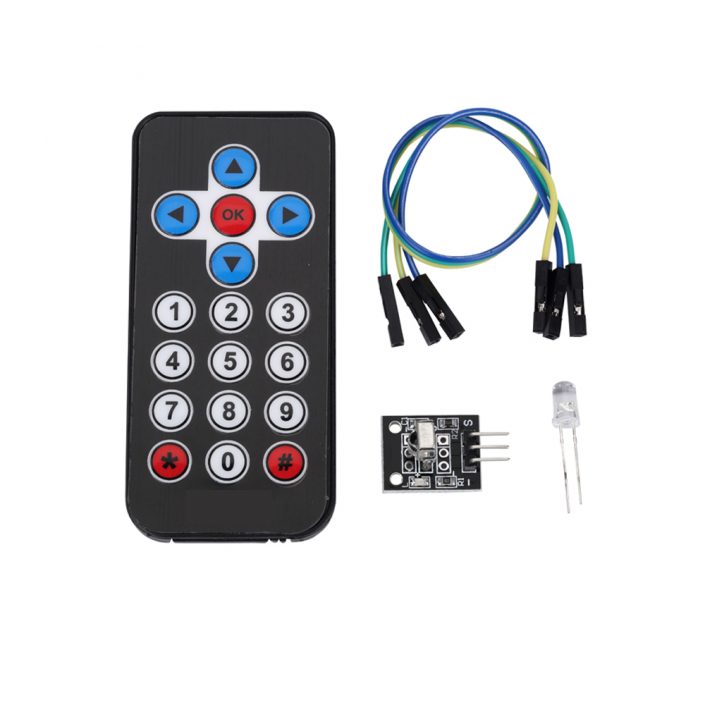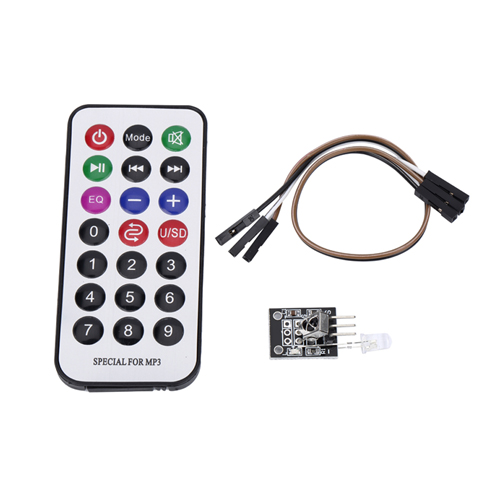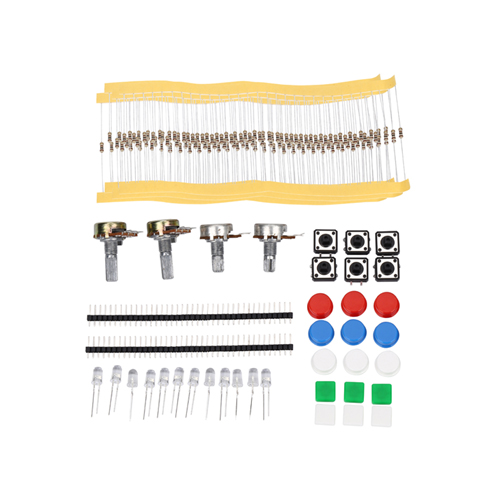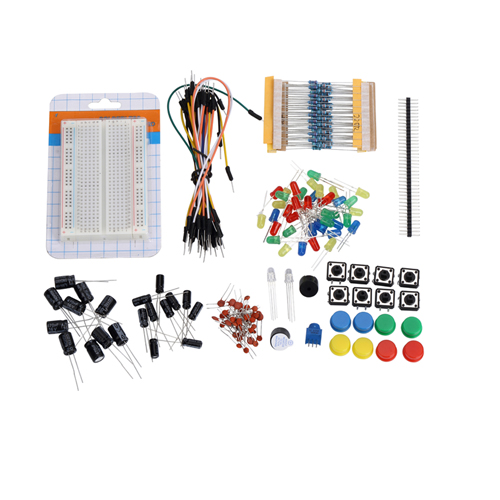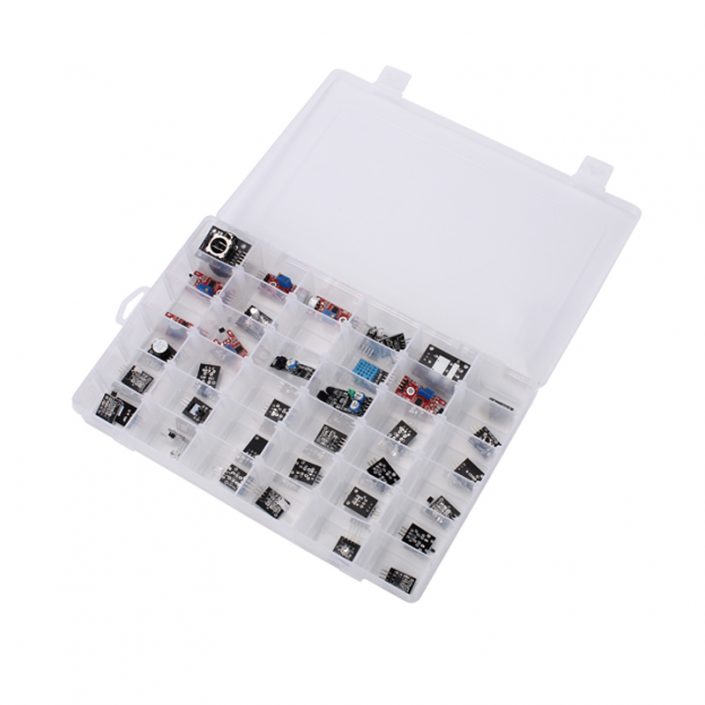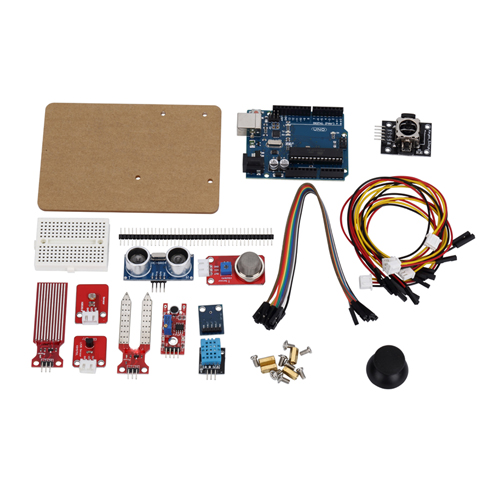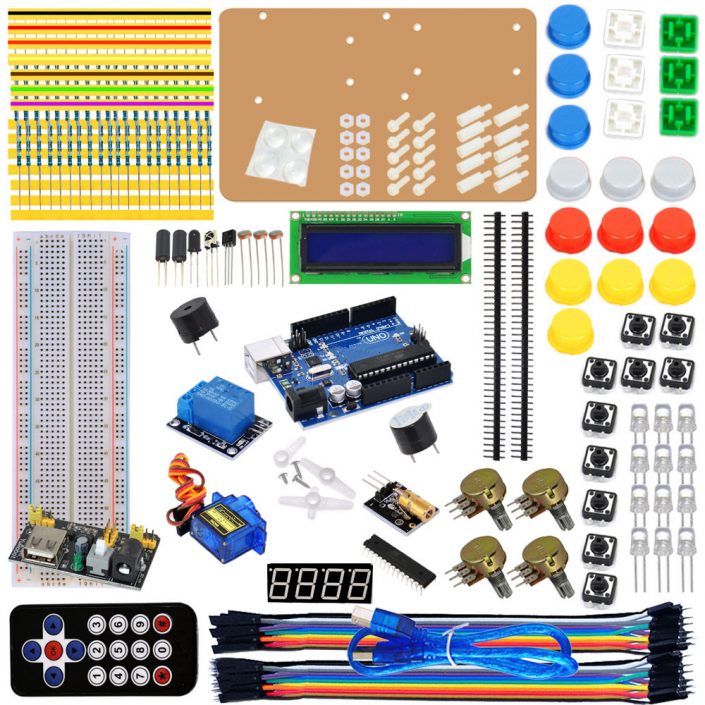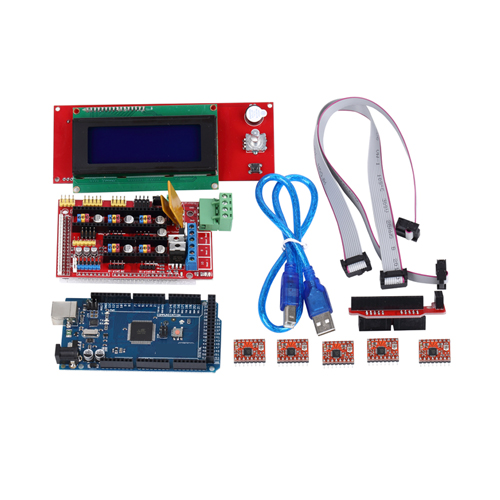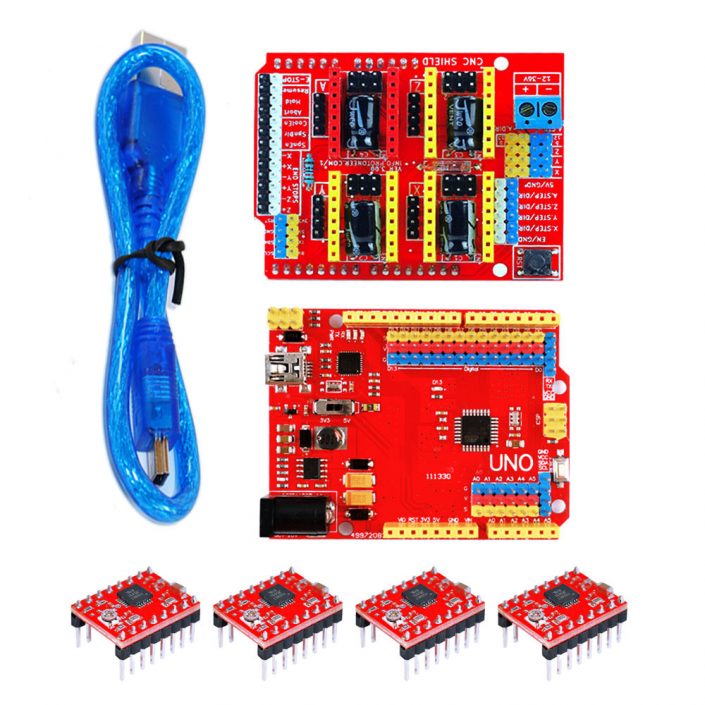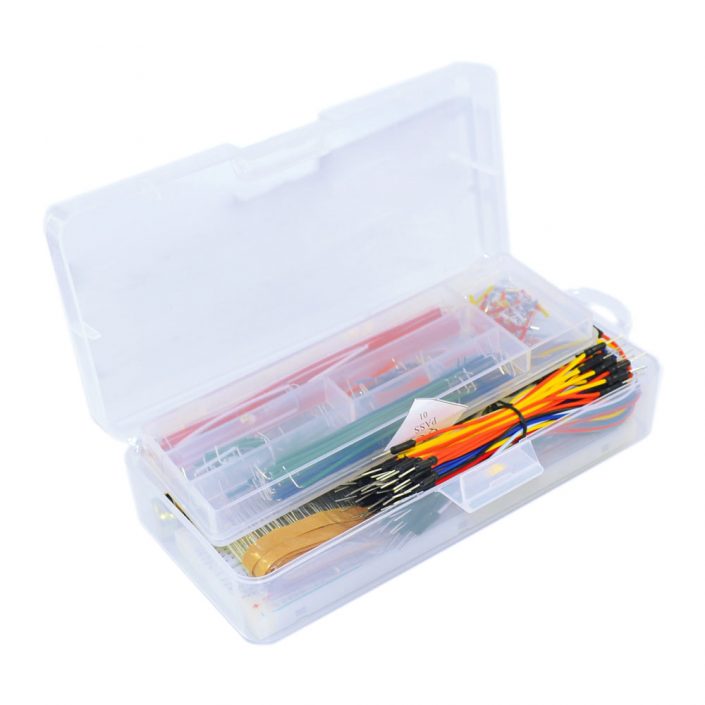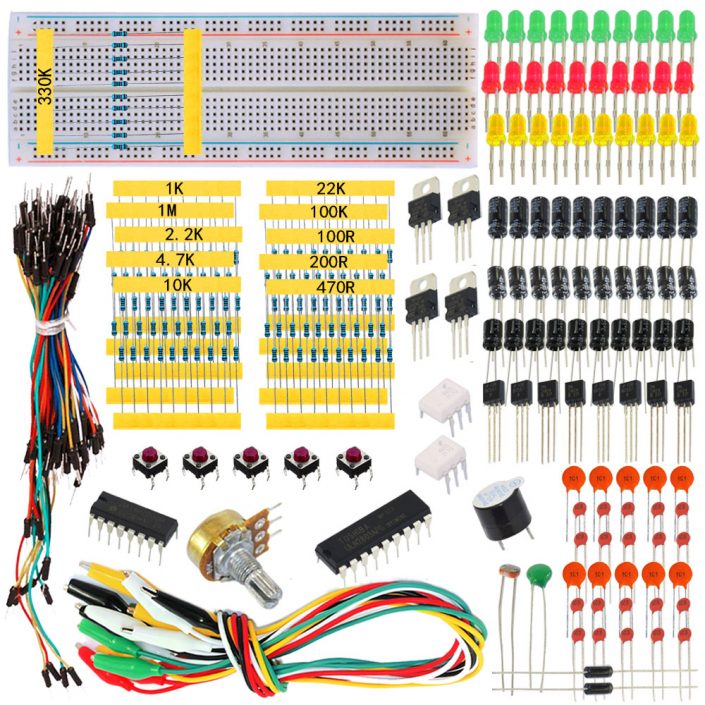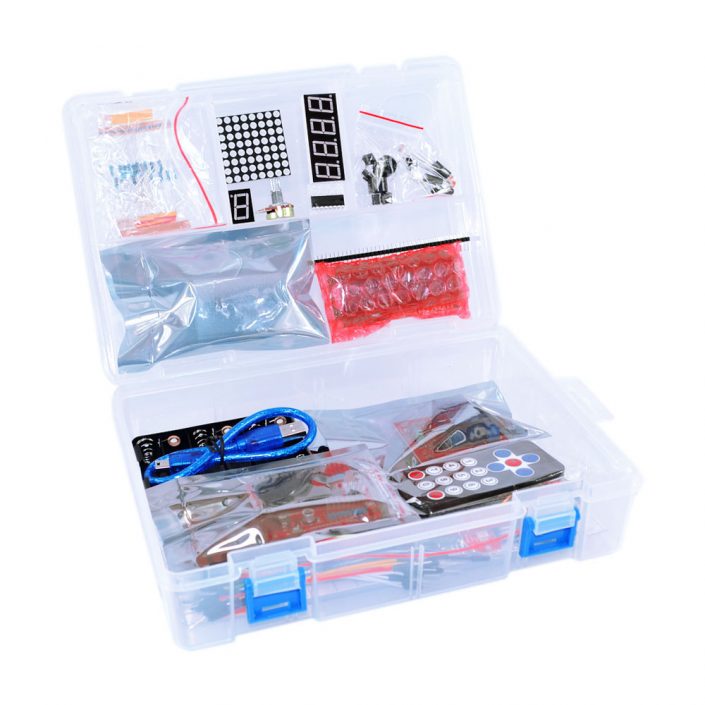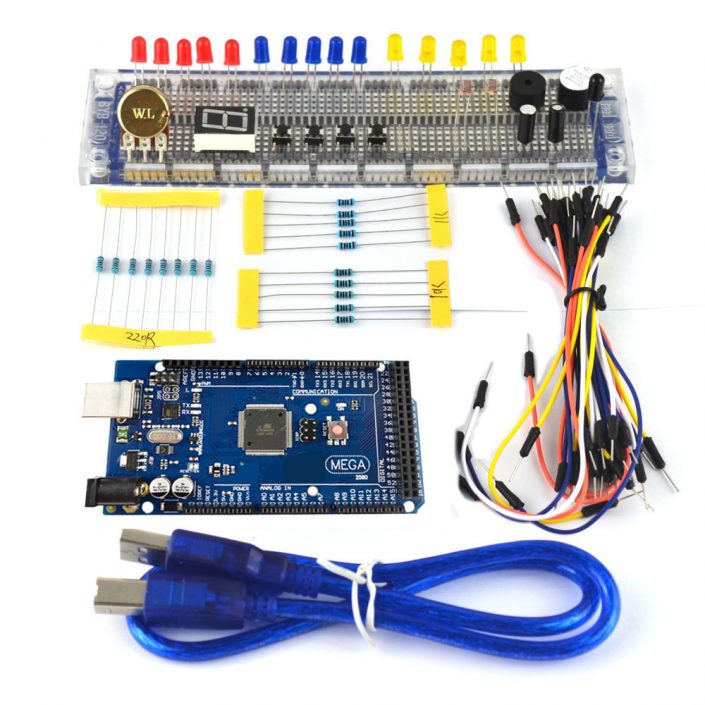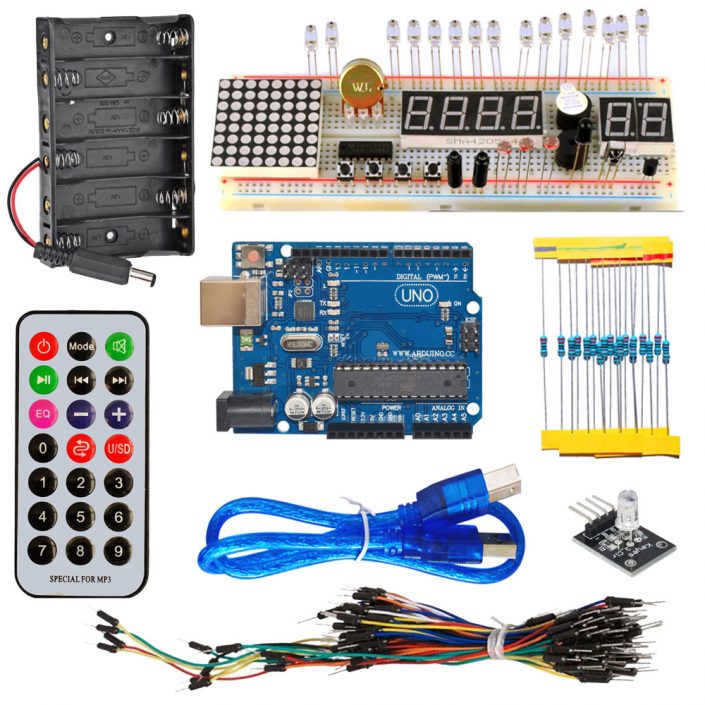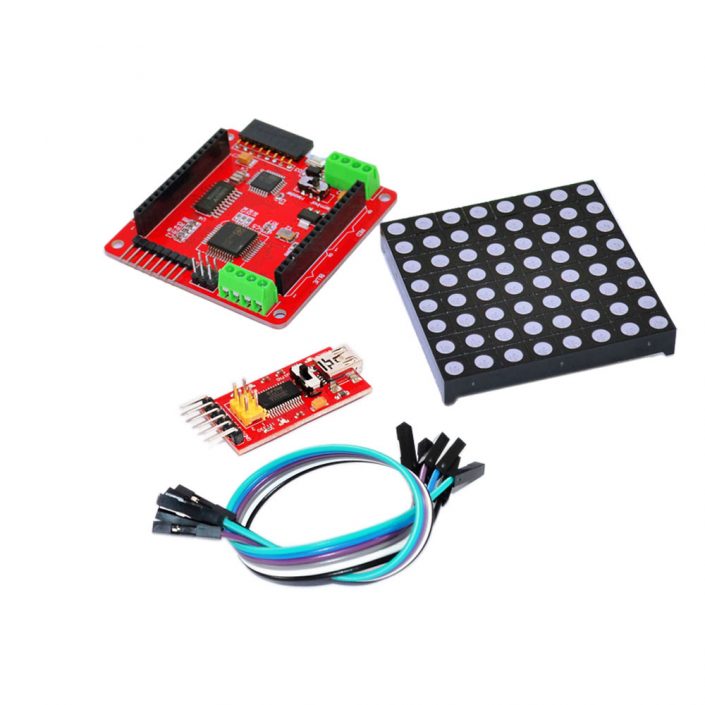1. Using only two pins, control 16 free-running PWM outputs! You can even chain up 62
breakouts to control up to 992 PWM outputs.
2. It means an i2c-controlled PWM driver with a built in clock.
That means that, unlike the TLC5940 family, you do not need to continuously send it signal
tying up your microcontroller, its completely free running!
3. It is 5V compliant, which means you can control it from a 3.3V microcontroller and still
safely drive up to 6V outputs (this is good for when you want to control white or blue LEDs
with 3.4 forward voltages);
4. 6 address select pins so you can wire up to 62 of these on a single i2c bus, a total of 992
outputs – that’s a lot of servos or LEDs;
5. Adjustable frequency PWM up to about 1.6 KHz;
6. 12-bit resolution for each output – for servos, that means about 4us resolution at 60Hz
update rate;
7. Configurable push-pull or open-drain output;
8. Output enable pin to quickly disable all the outputs.
1. Using only two pins, control 16 free-running PWM outputs! You can even chain up 62
breakouts to control up to 992 PWM outputs.
2. It means an i2c-controlled PWM driver with a built in clock.
That means that, unlike the TLC5940 family, you do not need to continuously send it signal
tying up your microcontroller, its completely free running!
3. It is 5V compliant, which means you can control it from a 3.3V microcontroller and still
safely drive up to 6V outputs (this is good for when you want to control white or blue LEDs
with 3.4 forward voltages);
4. 6 address select pins so you can wire up to 62 of these on a single i2c bus, a total of 992
outputs – that’s a lot of servos or LEDs;
5. Adjustable frequency PWM up to about 1.6 KHz;
6. 12-bit resolution for each output – for servos, that means about 4us resolution at 60Hz
update rate;
7. Configurable push-pull or open-drain output;
8. Output enable pin to quickly disable all the outputs.
1pc X servo control board

